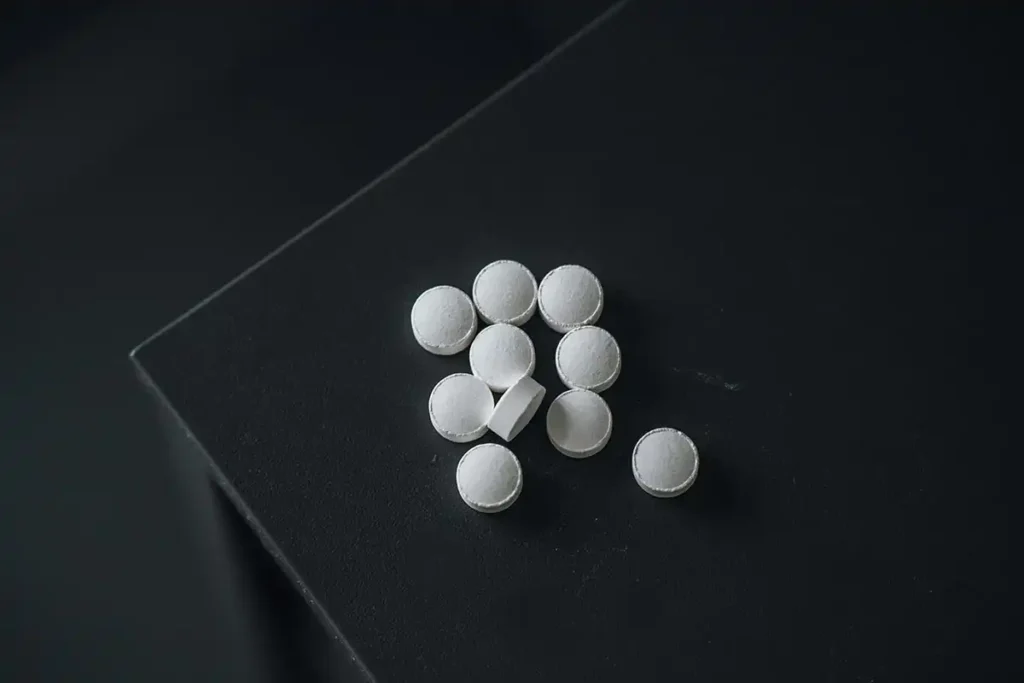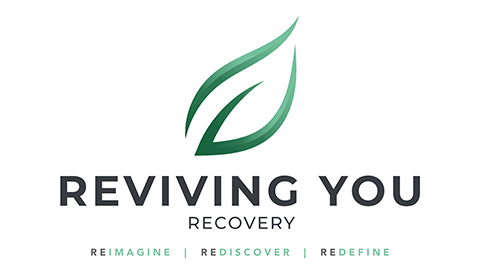
Opioid Addiction
Our compassionate team of experts is here to help you break free from the grip of Opioid Addiction and reclaim your life.

Opioids and Opioid Addiction: An Overview
Opioids, also known as opiates, are a class of drugs that are found in the opium poppy plant. Opioids change chemicals in the brain to produce a high. When someone takes opioid drugs, it is typically as pain relievers or painkillers.
Opioid addiction is a type of substance use disorder. Though its cause is not yet fully understood, contributing factors may include how opioids affect an individual’s brain as well as family history and environmental and lifestyle factors. Like other diseases, opioid use disorder has specific symptoms and a pattern of progression (it tends to get worse over time), and treatments may help bring it under control.
The consequences of long-term abuse
People who use a prescription opioid drug can begin to suffer from health consequences such as dependence and addiction to the drug. It is not unlikely for someone to begin to need the drug in order to function at a normal level after taking it for a long time. It starts to affect your health and your body will need it in order to function.
People may think that it is hard to read the signs of prescription drug abuse, but it is not. Drug abuse can cause many health defects such as heart problems, overdose, withdrawal, addiction, deterioration of mental health, and many more things that will not bode well for you.
Most commonly used opioids
Opioids or opiates can be medically prescribed by a doctor to treat moderate to severe pain and block pain signals between the brain and the body. They can create a sensation of relaxation, happy, or high. Because of the calming effects, it is easy to fall into opioid addiction.
Fentanyl
Fentanyl is a potent synthetic opioid drug approved by the FDA for use as an analgesic (pain relief) and anesthetic. It is approximately 100x more potent than morphine and 50x more potent than heroin.
Oxycodone (Oxycontin, Percocet)
Oxycodone is a semi-synthetic narcotic analgesic and historically has been a popular drug of abuse among the narcotic abusing population.
Hydrocodone (Vicodin)
Hydrocodone is a semi-synthetic opioid equal to the strength of morphine. It is often prescribed combined with acetaminophen to treat severe pain but may sometimes be prescribed on its own.
Heroin
Heroin comes in a white or brown powder, or a black sticky substance known as black tar heroin. It is often cut with other drugs or substances like sugar or powdered milk. User is unaware how much actual heroin is being used, creating likelihood of overdose.
Morphine (Kadian, Avinza)
Morphine is a non-synthetic narcotic with a high potential for abuse and is derived from opium. It is used for the treatment of pain.
Signs of opioid addiction
Even when suffering from a substance use disorder, a person may deny that the problem is serious and resist efforts to help for a long time. When ready and willing to start a recovery process, it is important for the person to have access to resources and to start treatment as quickly as possible. It is important to understand that a person can be physically dependent on opioids without unhealthy use. For example, a patient with cancer who has chronic pain may be physically dependent on opioids but not addicted to them

Physical dependence
This is a physiological change that occurs when using a substance. When the person stops taking the drug, they experience withdrawal symptoms such as cravings and sweating.

Heavy, frequent, risky use
Continued use of opioids even though it causes problems with health, safety, financial security or personal relationships. Behaviors associated with obtaining and using opioids increasingly interfere with daily life.

Cravings
These are overwhelming physical and emotional urges to take the drug, despite an understanding of potential consequences to well-being.
Other signs of an opioid use disorder
Someone struggling with an opioid use disorder may not show signs right away. Over time, there may be some signals that the person needs help.
- Euphoria
- Dry mouth
- Lethargy
- Respiratory depression
- Drowsiness
- Headache
- Itching
- Flushing
- Constipation
- Mental fog
- Changes in sleep habits
- Weight loss
- Frequent flu-like symptoms
- Decreased libido
- Lack of hygiene
- Changes in exercise habits
- Isolation from family members or friends
- Stealing from family members, friends or businesses
- New financial difficulties
Reclaim your life with our opioid treatment program
Although opioids are usually used for pain relief, people can begin to build a tolerance and experience either withdrawal or detox symptoms when discontinuing opioid use. There is a risk for addiction, abuse and potentially overdose.
If you are using opioids and are concerned that you are addicted and need treatment, reach out to us for more information on our treatment programs.

Opioids vs Opiates
Prescription opioids and opiates are very similar drugs that are painkillers derived from the opium plant and they both bind to the opioid receptors in the brain such as those that control pleasure, pain, and addictive behaviors, and are both substances.
An opiate is a natural substance that is derived from the opium poppy plant. It includes morphine, heroin, and codeine. An opiate is an opioid, but not all opioids are opiates, and it is important to remember that both opioids and opiates can be harmful to your body.

Struggling with Opioid addiction?
It’s time to reclaim your life and well-being. Your future starts here. Don’t let Opioid dependency control your future—reach out to us today. Take the first step towards a healthier, brighter tomorrow.

I enjoyed the groups, and the staff always cared for anything I had to say. AA groups were my favorite because I found fellowship. Thank you to all the staff, you guys helped when I needed it most.
— PM









